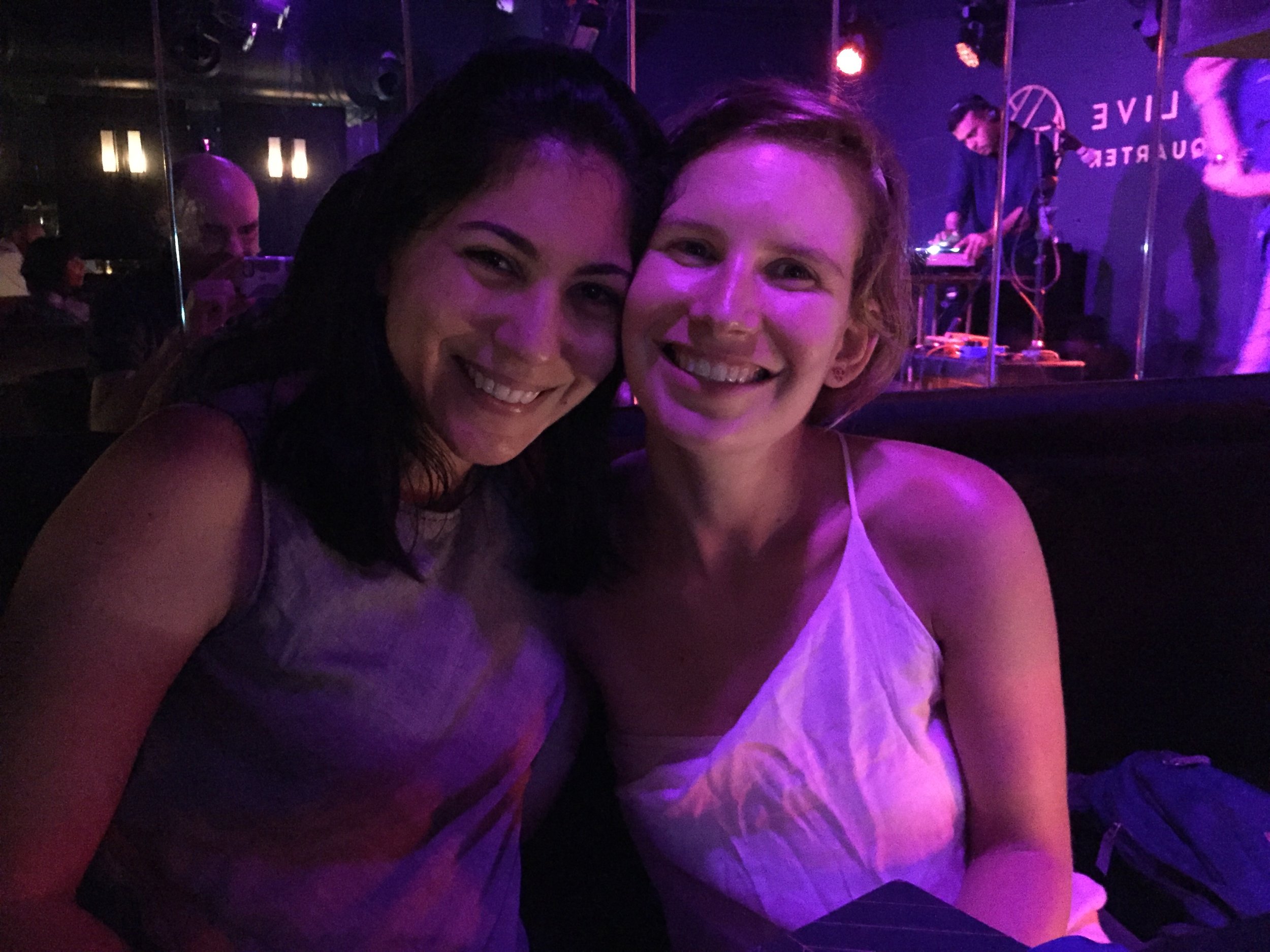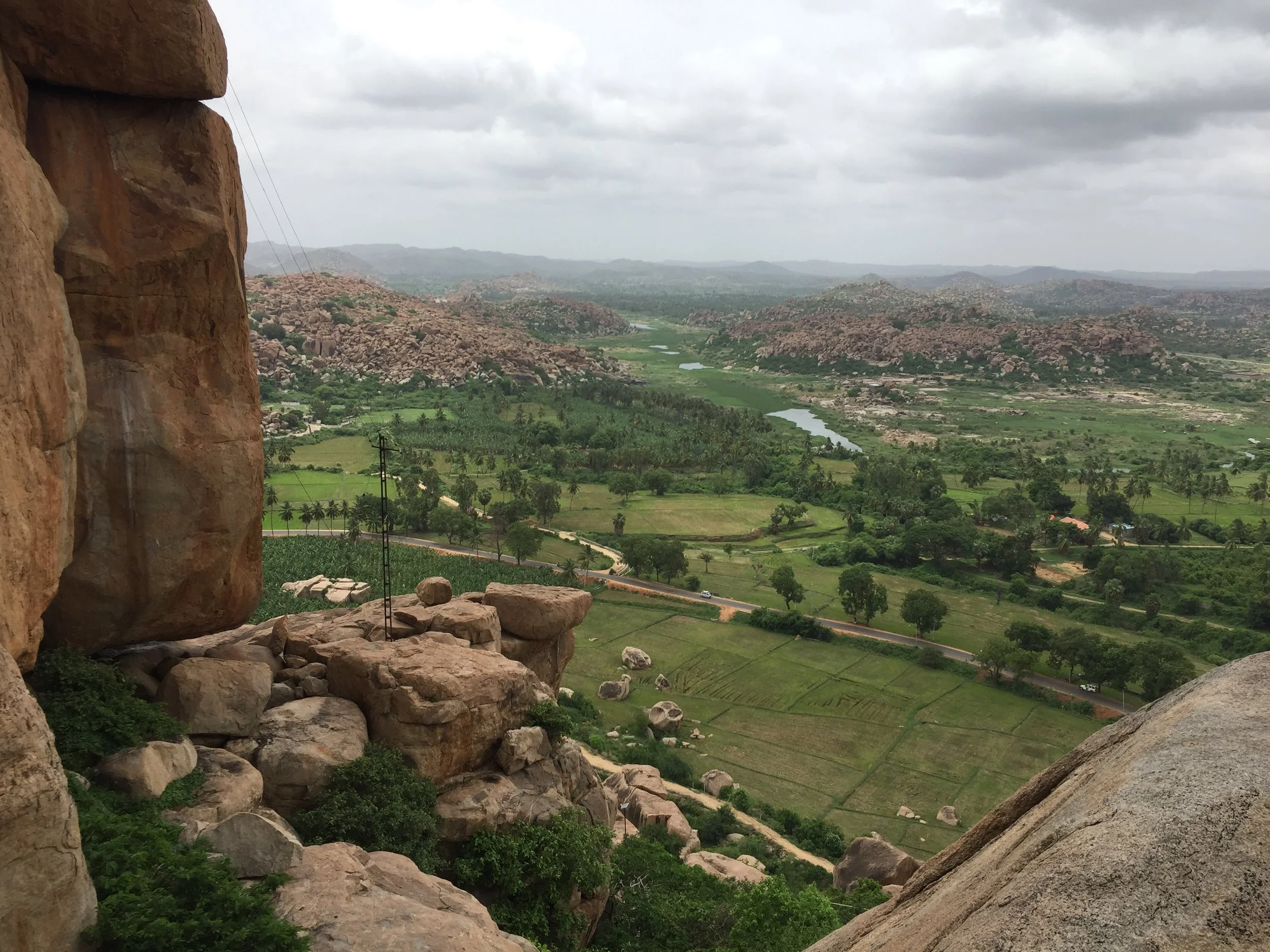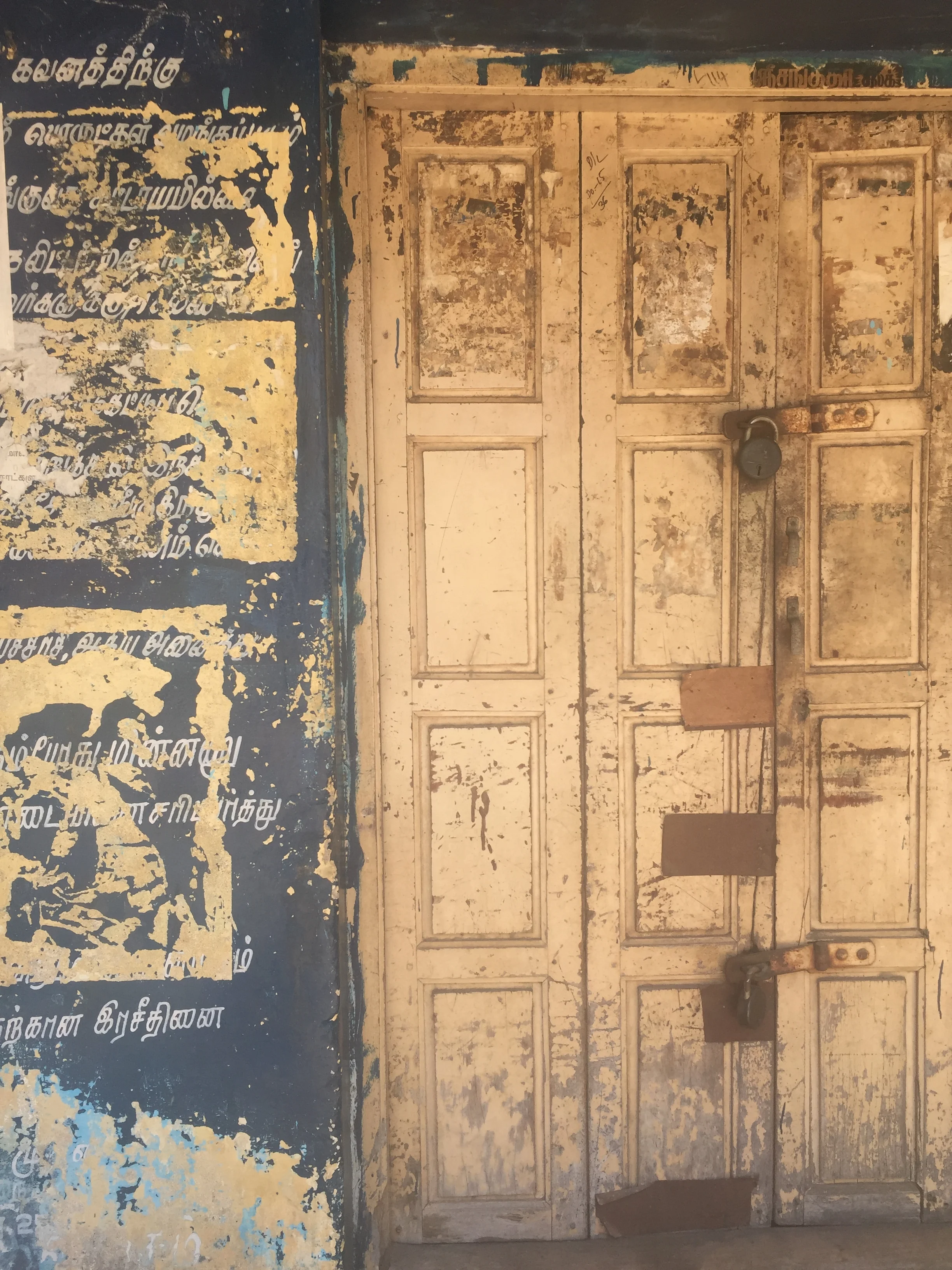Mumbai: An Introduction to India
India has always been a longterm travel dream. I've always had travel goals: a short-term plan, five year plan, ten year plan. India was on that ten year plan.
India seemed both inspiring and thrilling. We've heard stories of grand palaces, shrieking horns, dusty laneways, bright markets.
But also about the stark poverty, logistical frustrations, the inevitability of getting ill. As we've listened to the raves and warnings of traveling in India, we were ready to make our own determinations.
Despite the cautionary input, there's a undeniable dreaminess to India. The colors, the scents, the sacred rituals.
It all seemed so exotic. So different than westernized practices. When talking about this year, I was eager to weave in India.
Since our initial plan was to still get to Europe by the summer, our time in Southeast Asia was rapidly coming to an end. When we talked about our itinerary back in March, India was always in my subconscious.
I didn't want to deprive Will of sites in Southeast Asia just because I've been. If we were going to iconic places I've seen--Ha Long Bay, Angkor Wat--I self justified these return visits by adding a destination that was far from anything I've experienced. And for me, that was India.
To be completely transparent, there were aspects of traveling to India that were daunting to both of us.
Fortunately, we had the most wonderful gateway. Will's childhood friend, Jono, and his wife Ayesha moved to India a couple years ago
Ayesha is originally from Mumbai. They met in undergrad and we attended their wedding a few years back. We also overlapped in DC, so the four of us got to know each other quite well.
Great Falls, Virginia, 2012
When they decided to move to India, I was devastated they were leaving, but also knew it was an excuse to visit.
Mumbai Opera House, 2018
So we booked a flight to Mumbai in early June, with some preconceived notions, but mostly open minds.
When we got to the airport in Bangkok, we felt overly prepared with our printed visas and immunization cards. A feeling you want.
But not only did they never ask us for those immunization cards, we were completely caught off guard when we were told we needed proof of onward travel. We frantically booked a random flight departing from Madurai, giving us three weeks. We had no itinerary, so this at least provided us with a vague timeline.
We arrived to Ayesha and Jono's late at night and already felt at home. The mere sight of familiar faces was so heartening. It was such a joyous reunion, so much had happened. They moved to India, had a kid! We packed up our lives in DC and were now four months into traveling.
Unsurprisingly, they were the most gracious hosts. We intended only to stay the weekend, but they generously offered for us to extend. They provided us with the most beautiful introduction to a country I was eager to learn more about.
Mumbai was nothing like I expected. I didn't quite know what to expect, but not what we found. Our first day, Will and I explored on foot.
Ayesha aptly warned us that Mumbai isn't terribly pedestrian friendly. And she was right. Sidewalks were few and far between. There aren't necessarily addresses or street signs. If there are, they're likely to change.
But we found it doable, no worse than some streets in Vietnam.
The city, formerly known as Bombay, was officially renamed Mumbai in 1995. Bombay literally translates to "good little bay," and is preferred by many who were raised in the area.
Having done little prior research, when I think of India I think of bustling markets and jangling bracelets. Mumbai differed from the reoccurring images I've seen of India.
To the contrary, the center of Mumbai is lined with gothic and victorian architecture.
The heart of the city feels noble, with colonial-era structures providing haunting reminders of India's past.
We did find some traditional markets. But they weren't our takeaway.
Mumbai is dominated by skyscrapers and has more than anywhere else in the country.
Mumbai is known to be the country's financial epicenter. It's the most populous city in India, and the constant traffic reflects the sheer amount of millions of people.
The socioeconomic diversity is extreme. Whereas Mumbai has the most millionaires and billionaires in India, it's also home to impoverished slums.
In June it's oppressively hot and the smog was ever-present. Young boys poured buckets of water over their heads on the sidewalk to bathe. Or, run into the polluted harbor to wash.
The divide between the extremely rich and the extremely poor is stark. Mumbai's multifaceted nature made it tough to liken it to anywhere we've been. Yet, there was an infectious energy that was contagious. It felt exciting. And despite the dearth of pedestrian walkways, we genuinely enjoyed discovering Mumbai on foot.
There were cultural differences that took getting accustomed to. The head bobble, which signified yes, no, perhaps. Men on the street would do so to acknowledge you, the cashier at the store to move you along, the server at the restaurant to ask if you're alright.
Thus, we were forever grateful to have Ayesha and Jono as our interpreters of Indian customs. They also provided us with a very unique perspective. Ayesha's family has deep roots in the city.
On Saturday afternoon, they took us to what they referred to as The Club. The colonial influence was palpable.
However, merely being by a body of water felt like a reprieve from the heat. And it was also when Ayesha and Jono's beautiful daughter finally came around to Will.
For lunch we ordered masala dosas. A southern specialty, dosas are a savory crepe of sorts, but delightfully crisp. The batter is usually made from fermented rice. There's tons of variations, but the masala indicates it's filled with a traditionally spiced potato mixture. They're typically served with two chutneys, which in this case, were coconut and tomato.
Later in the week, Jono took us to the other Club, where we caught up on some reading. On our own for lunch, I tried ordering the paper masala dosa. I wasn't aware that a paper dosa is the longest form of dosa that can be served for one.
Mumbai is also known for high end restaurants and a spirited nightlife. That Saturday evening, Ayesha and Jono took us to the Royal Opera House.
It was inaugurated in 1911 and touted as India's only surviving Opera House. The design is a combination of British and Indian influences.
We had tickets to see a Jazz show at The Quarter.
Beforehand, we enjoyed dinner on their patio.
The food was exquisite. It was a Louisiana Creole cuisine-inspired menu, which was an intersting interpretation in India.
After, we went inside to the 1950s art deco jazz bar.
The show was fantastic, with the lead saxophonist accompanied by drums and a deck.
Ayesha knew the saxophonist, and we learned it was the first time they've played together.
It was such a lovely evening.
The following day, Ayesha's parents hosted us for a typical Sunday Parsi lunch.
It was a beautiful afternoon and we enjoyed the view from their rooftop patio.
They also have a home near a mango farm, where they grow alphonso mangos. I've never tasted anything like it. The most coveted mango, it's sweet flavor was addicting, and they had boxes. I was in heaven.
During the week, Will and I ventured out on our own. We went down to Sassoon Dock, one of the oldest docks in Mumbai.
It's also home to one of the largest fish markets in the city, starting around 4 a.m. daily.
The dock was constructed in 1875 by the the son of David Sassoon, a Baghdadi Jew and leader of the local Jewish community.
In 2017, street art transformed the historic area into an exhibition space.
However, the most memorable part of our time in Mumbai were our evenings with Ayesha and Jono. We'd have family style dinner each night.
They introduced me to common Indian foods so I felt confident ordering once we left. Dry spiced ladyfingers, daal fry, grilled paneer, chapati. We'd chat late into the night.
On one of our last days, we went to Samrat, a vegetarian thali restaurant. Thali literally translates to the round platter used to serve food. However, it's also used to describe a type of meal with various samplings of different dishes.
As we later traveled south, we became very familiar with the rich and varied thali's. However, this was our first experience and it was awesome. The menu changes daily, but the mainstays are: one farsan (snack); three vegetables (usually curries); dal (lentils); kadhi (fritters in gravy) puries (fried bread); chapati with glee; papadum (black gram dough); several chutneys (including picked and sweet mangos); salted buttermilk to drink; one dessert. There's four types of rice: plain, biryani, pullao (pilaf), and kichadi (dal and rice). So if that's not enough, it's unlimited. The servers constantly come around to ask what you want more of.
At the time, we didn't know the names of the dishes. But, after traveling around more of India, it put this thali meal in context. The food in India is nothing like American interpretations of Indian food found in the States. In Mumbai, it was fresh and beautifully spiced with coriander, cardamon, cumin, turmeric, saffron. We also found it to be vegetarian centric. Many restaurants would be named "non-veg" indicating they actually serve meat. I loved exploring the diversity of vegetables, spices, and flavors I'd never been exposed to. It was so flavorful, so...abundant. A meal like this, at a sit-down, reputable restaurant, set us back 345 rupees each. That equates to 10 USD, for BOTH OF US.
This was our introduction to India. Although daunting in theory, Mumbai was far from it.
The city is massive, and warrants nothing short of a week, as there are plenty of bazaars and unique alleyways to explore.
Despite the immobile traffic, deafening horns, morning chanting, and scents of fish markets, we felt at home. And we're forever grateful to be welcomed into a real household for our first stop.
It also helped that Will and I completely fell for their daughter, who we watched learn to walk.
I think this really set the tone for the ret of our time in India. It's the beginning of monsoon season, but the only day it really rained was the day we left.





































































